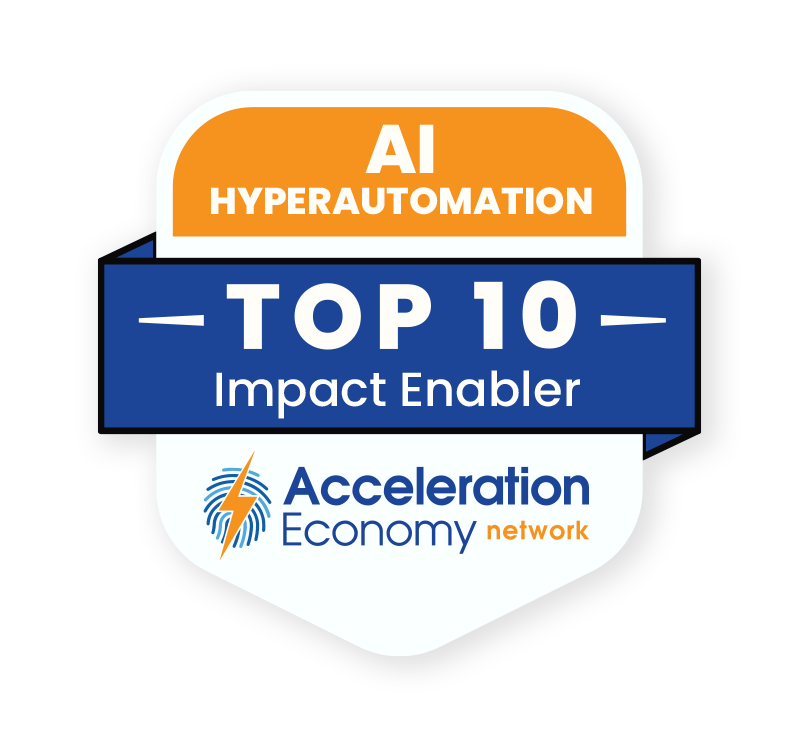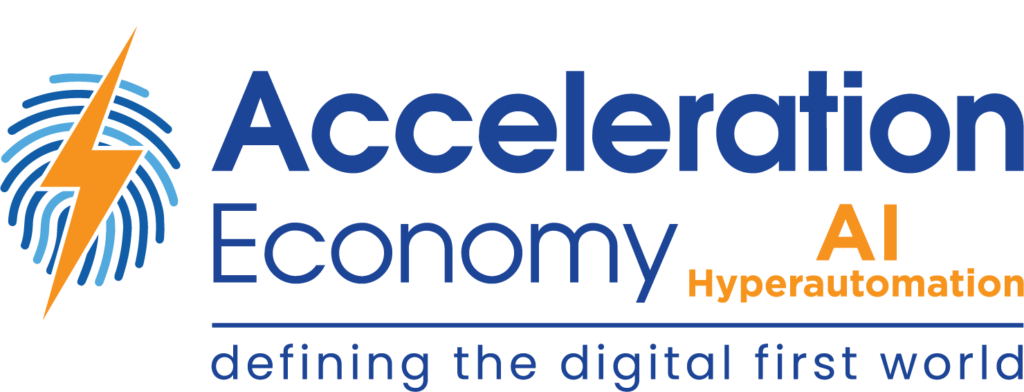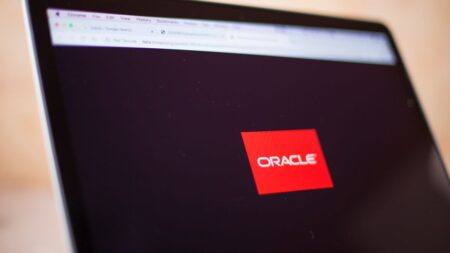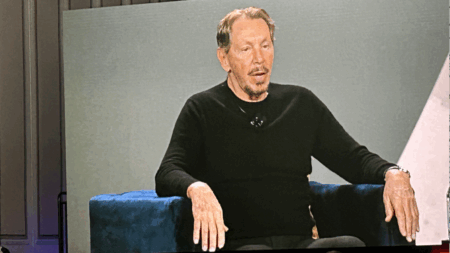Toni Witt was on location last week at the HIMSS23 Global Health Conference and Exhibition in Chicago. In this special report, Toni shares his takeaways from a session led by DataRobot that highlighted case studies and included debate over which processes should be fully automated versus having human intervention.
This episode is sponsored by Acceleration Economy’s Generative AI Digital Summit. View the event, which features practitioner and platform insights on how solutions such as ChatGPT will impact the future of work, customer experience, data strategy, cybersecurity, and more, by registering for your free on-demand pass.
Highlights
00:33 — Toni reports on a session he attended at HIMSS led by DataRobot. The session covered major concerns relating to AI integration in healthcare; it also showcases some DataRobot products.
00:50 — In the session, DataRobot talked about computer vision for identifying tumors. They showed which pixels were used to determine if a certain patch on a patient’s skin was malignant or benign. A human practitioner could use this to see what the computer is looking at to make this identification. Toni thought this was “a very concrete and useful insight” into what explainability means in the healthcare context.

Which companies are the most important vendors in AI and hyperautomation? Check out the Acceleration Economy AI/Hyperautomation Top 10 Shortlist.
01:31 — DataRobot shared a case study on work it had done with a children’s hospital using artificial intelligence (AI) and machine learning (ML) to preemptively tackle malnutrition in kids.
01:42 — The session highlighted risk strategies, one being a fully automated pipeline with no human in the loop. They argued that some decisions should be made only with a computer, while others, such as those within healthcare, must have human involvement.
02:02 — With the children’s hospital case study, they would forward the predictions of a child’s health, specifically whether they would be malnourished, to the child’s pediatrician, who would then make the final decisions.
02:22 — The healthcare industry has to answer the core question of which functions within the system should be fully automated versus which still need human oversight.
02:37 — DataRobot broke down bias in AI, which Toni found helpful considering there are varying definitions for this term when it comes to AI and ML. The company has a clear framework to mitigate bias and ensure fairness within its models.
Looking for real-world insights into artificial intelligence and hyperautomation? Subscribe to the AI and Hyperautomation channel:












